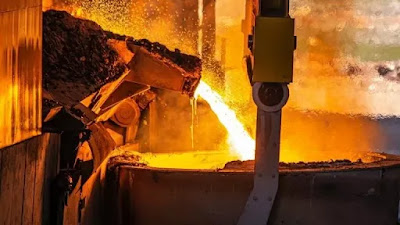Filenews 11 February 2025 - by David Fickling
If you want to reduce international trade and foreign relations to an act of domination, sooner or later you will end up fighting over steel.
Tough, rigid, corrosion-resistant, and essential for the production of robust artifacts such as skyscrapers, automobiles, and equipment, metal is indelibly associated with images of "power." President Donald Trump recreated such an image last year through a photomontage showing him in his Superman uniform, also known as the "Man of Steel," on his Truth Social account.
Other authoritarian leaders had the same idea. Georgian revolutionary Iosif Vissarionovich Dzhugashvili chose the Russian word for steel when he coined the nom de guerre by which he became known in history: Stalin. When fascist Italy entered into a military alliance with Nazi Germany three months before the start of World War II, Mussolini called it the "Pact of Steel."
But make no mistake: Trying to protect the steel and aluminium industry as a path to strengthening the country is a doomed plan that will make America weaker, not stronger.
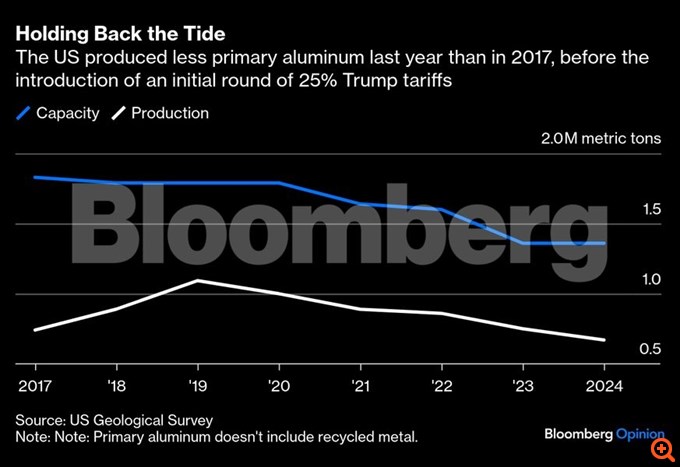
The 25 percent tariffs on imported metals Trump promised to unveil will be just as ineffective in boosting domestic production as the previous round of restrictions in 2018. Of those actions, U.S. production capacity for aluminium fell 32 percent, while steel fell 3.6 percent. Only a mad king would expect a different outcome from repeating the same strategy.
If the latest round of tariffs is indeed implemented — there's room for speculation here, given the back-and-forth of recent weeks in Washington — it will only serve to hurt producers and consumers both in the U.S. and its allies. The resulting result will reduce these countries' abilities to manufacture their own metal. Russia and China must rub their hands.
Unlike, say, cell phones, computers, machinery, and consumer goods, the U.S. doesn't source much of these goods from its geopolitical rivals. Rather, they come primarily from allies and countries that the United States must keep on its side, especially at a time when it cannot afford to stand alone against the rising tide of authoritarianism. Canada and Mexico, the European Union, Brazil, South Korea, Japan and Taiwan together account for 80 percent of U.S. steel imports. If we add Bahrain, Qatar and the United Arab Emirates – home to three of the largest overseas US military bases – we get 70% of imported aluminium.
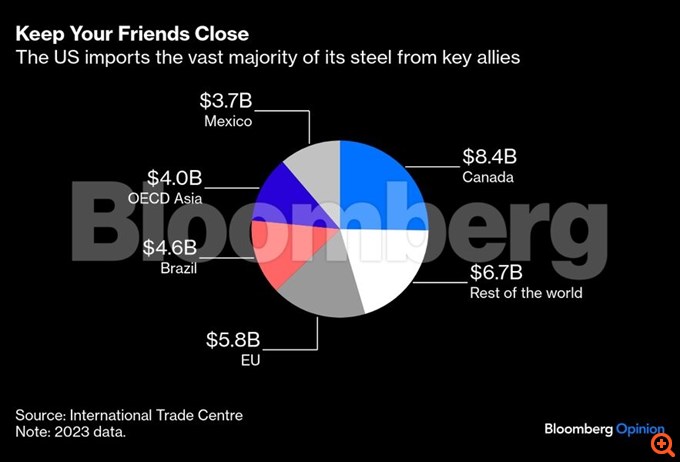
The two metals are parallel among America's most protected sectors: Beyond the Trump administration's 2018 tariffs, they are the subject of nearly 50 percent of the 736 anti-dumping and countervailing tariff orders and agreements currently in place.
This trade is not, as Trump seems to believe, some global "zero-sum game," but a critical aspect of keeping profitable industries in a range of allies.
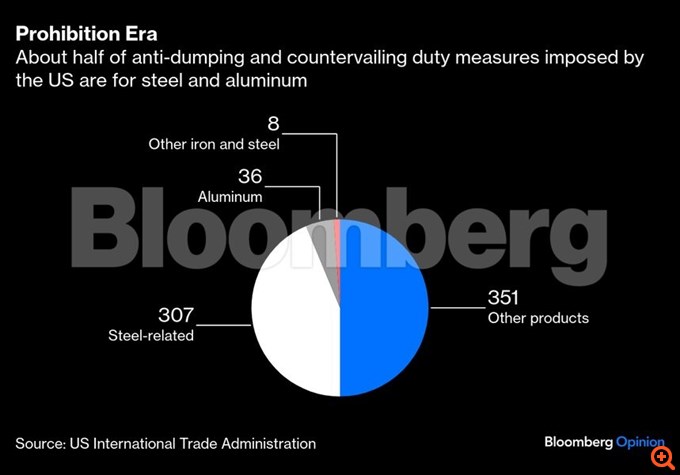
The aluminium industries of the U.S. and Canada, in particular, operate more or less as an integrated single industry: Canada uses its cheap and clean hydropower to melt the metal and become the world's largest block exporter, while the U.S. uses its huge consumer market to become the largest exporter of scrap for recycled aluminium production. This is not just 'waste': this recycled aluminium covers around a third of global demand. Producers in each country are able to use trade as security to maintain their own profits, without wasting capital on rolling mills and foundries where allies already have spare capacity.
If there was any doubt about the inconsistency of this policy, consider that Trump's comments on the tariffs came hours after he announced jointly with Japanese Prime Minister Shigeru Ishhiba that Nippon Steel would invest in United States Steel. The proposal salvages some remnants of a deal from a proposed takeover that was blocked by both the Biden and Trump administrations.
About a quarter of U.S. Steel's revenue comes from Europe, however, it is also the largest source of U.S. steel imports after Canada. If Trump's tariffs are imposed and Brussels inevitably reacts with restrictions of its own, why would Nippon Steel spend on a company whose biggest export market is embroiled in yet another trade war?
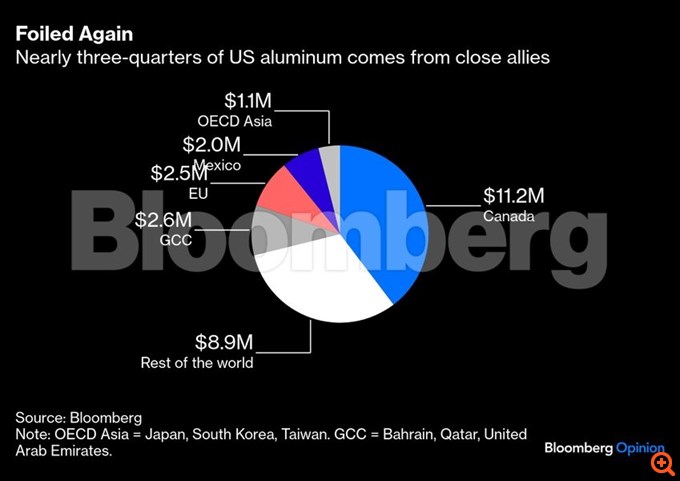
The message about how the distant Steel Pact tested the "limits" of the 20th century is not entirely rhetorical. The success behind the defeat of the Axis powers depended essentially on the Allies' openness to trade. The U.S. sent $180 billion (in 2016 dollars) in goods and services to the Soviet Union during the war. Italy and Germany, on the other hand, had little trade, apparently convinced that self-sufficiency was the surest path to victory.
There's an economic history lesson for all the proponents of the Roman salute and racism hanging around Washington these days. In the face of the cries of the Axis powers, it was moderate, trade-friendly liberalism that ultimately won. The fascists, rightly, lost.
Performance – Editing: Lydia Roumpopoulou
